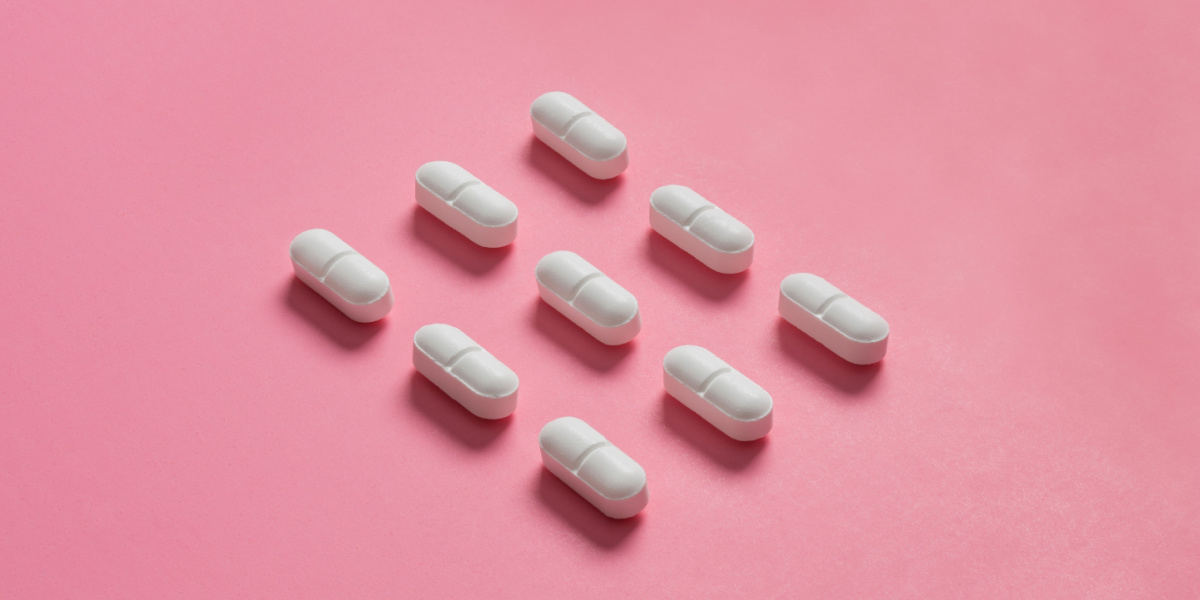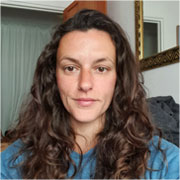Hydrocodone is an opioid analgesic medication, which is commonly prescribed and misused in the US and worldwide. Hydrocodone can cause several side effects, including nausea, constipation, drowsiness, and stomach pain. It can also cause severe side effects, dependence, and addiction, particularly if abused or used for prolonged periods.

What is hydrocodone?
Hydrocodone is a semi-synthetic opioid analgesic, or narcotic. It is the most prescribed opioid in the United States and one of the most widely abused prescription medications. Hydrocodone is a Schedule II controlled substance, due to its high potential for abuse and dependence. [1][2]
What is hydrocodone used for?
Hydrocodone is only approved to treat severe pain conditions that require continuous treatment and cannot be managed with other pain relief. It is not intended for PRN use (as needed) and can only be legally obtained with a prescription. [3]
Hydrocodone is available as a tablet, capsule, or liquid solution, and there are several brand-name medications available containing just hydrocodone or a combination of hydrocodone and another substance. Regularly prescribed medications containing hydrocodone include: [4][5]
- Hysingla ER (hydrocodone bitartrate)
- Zohydro ER (hydrocodone bitartrate)
- Vicodin (hydrocodone and acetaminophen)
- Lorcet (hydrocodone and acetaminophen)
- Vicprofen (hydrocodone and ibuprofen)
- Hycodan (homatropine and hydrocodone)
Hysingla, Zohydro, and extended-release combination medications should be taken every 12 or 24 hours. Other hydrocodone combination medications can be taken every four to six hours. [3]
Why do people abuse hydrocodone?
Hydrocodone produces sedating, analgesic, and euphoric effects, contributing to its abuse potential. It is abused by people who are prescribed the medication and by those who purchase and use it illicitly. [1][2]
Some people use hydrocodone in combination with other substances, such as alcohol or benzodiazepines, to enhance the euphoric effect or ‘high’. It is also taken via unintended routes, such as crushing and snorting or injecting, to increase its effects. [2][6]
Many people who are prescribed hydrocodone develop a tolerance and dependence on the medication, particularly with prolonged use. This means that they require increased doses to achieve the same effects and rely on consistent use of the medication to prevent withdrawal symptoms. This can lead to misuse of prescribed hydrocodone and illicit purchasing of the medication. [1][6]
Hydrocodone and other prescription opioids are commonly prescribed pain-relieving medications, making them widely available to individuals who intend to misuse them. Some people visit several doctors to obtain additional prescriptions, known as ‘doctor shopping’, for personal use or to sell to others. [1]
Common side effects of hydrocodone
Hydrocodone use, whether used as prescribed or abused, can cause side effects. Common side effects of hydrocodone include: [3][4][6]
- Nausea
- Constipation
- Vomiting
- Stomach pain
- Headaches
- Chills
- Drowsiness
- Dizziness
- Fatigue
- Weakness
- Insomnia
- Urinary retention
- Anxiety
- Changes in heart rate
- Changes in blood pressure
- Dry mouth
- Muscle pain
- Shaking
- Swelling of the legs or feet
Severe side effects of hydrocodone
In some cases, particularly if hydrocodone is misused or used for prolonged periods, severe side effects can occur. This can include: [3][4][6]
- Oversedation
- Trouble breathing
- Slowed or restricted breathing
- Chest pain or tightness
- Rapid, irregular, or severe decrease in heart rate and blood pressure
- Psychotic symptoms, such as hallucinations or delusions
- Extreme changes in mood or behavior, such as severe agitation or depression
- Fever
- Confusion
- High body temperature
- Severe muscle twitching or stiffness
- Swelling of the mouth or throat
- Severe dizziness or fainting
- Severe gastrointestinal issues, such as persistent or prolonged constipation or vomiting
- Dependence
- Addiction
Prolonged use or abuse of hydrocodone can increase the risk of severe side effects, tolerance, dependence, and addiction. [1]
When tolerance to hydrocodone develops, the effects of the medication are no longer felt to the same degree, thereby requiring increased or more frequent doses to achieve the same analgesic or euphoric effects. [6]
When hydrocodone dependence develops, individuals require consistent use of the medication to prevent the onset of withdrawal symptoms. Hydrocodone withdrawal symptoms can include restlessness, chills, insomnia, mood changes, pain, and vomiting, and can occur when doses are reduced or stopped. [6]
Hydrocodone addiction differs from tolerance and dependence, although often occurs alongside their development. Addiction leads to compulsive drug-seeking and taking behaviors, regardless of detrimental effects on well-being or quality of life. [7]
Many people using hydrocodone, whether prescribed or illicitly, develop a dependence and addiction, or opioid use disorder, which increases their risk of abusing the substance, experiencing severe side effects, and overdose. [1][7]
Hydrocodone overdose
People taking hydrocodone are at risk of overdose, particularly if they take large doses or abuse the substance. Hydrocodone is a CNS depressant, which causes respiratory and cardiac effects. If combined with other CNS depressants, such as alcohol and benzodiazepines, the risk of overdose, respiratory depression, and coma is increased. [6]
Some dealers produce counterfeit pills to sell as hydrocodone or other prescription opioids. These pills can contain fentanyl, an opioid that is up to 100 times more potent than other opioids. Individuals taking these pills, unaware of their contents, are at significant risk of overdosing. [8]
Additionally, extended-release tablets are intended to be swallowed whole, slowly releasing the medicinal contents over a long period. When these tablets are crushed, snorted, injected, or chewed, the medication is released much more rapidly, causing an increased risk of overdose. [6]
Symptoms of a hydrocodone overdose include: [3][6]
- Extreme tiredness and weakness
- Slowed heartbeat
- Cold, clammy skin
- Small, pinpoint pupils
- Severely slowed or stopped breathing
- Loss of consciousness
In the event of an overdose, call 911 immediately. Life-saving treatment may be required. Naloxone, an opioid antagonist, can be administered to reverse the effects of hydrocodone, return breathing to normal, and prevent fatal overdose. [4]
Getting treatment for hydrocodone dependence
Hydrocodone dependence and addiction, or opioid use disorder, is a widely prevalent condition in the US and worldwide. Individuals wishing to receive treatment for hydrocodone dependence will initially reduce or stop their hydrocodone use. This is likely to cause the onset of withdrawal symptoms, so it is recommended to utilize professional opioid use disorder treatment during this process. [2][9]
Some may prefer to receive this treatment at an inpatient facility, such as a rehab center, where professionals can provide continuous monitoring and treatment of withdrawal symptoms along with other interventions. Others may choose to utilize outpatient treatment, attending appointments at a clinic or facility to receive medicinal and therapeutic interventions. [7]
Often, opioid use disorder is treated with medication, to reduce severe withdrawal symptoms, help prevent relapse, and improve psychosocial functioning. This can be provided through inpatient or outpatient treatment programs. Medications prescribed to treat hydrocodone dependence include: [9][10]
- Methadone: Methadone is an opioid receptor agonist, methadone reduces withdrawal symptoms, cravings, and euphoric effects of opioids. It can be used in detox and as a maintenance treatment.
- Buprenorphine: A partial opioid receptor agonist, buprenorphine also reduces withdrawal symptoms and cravings, and partly reduces the euphoric effects of opioids. It can be used during detox and as a long-term maintenance treatment.
- ER Naltrexone: An opioid receptor antagonist, naltrexone does not reduce withdrawal symptoms or cravings but prevents the euphoric effects of opioids, deterring individuals from using hydrocodone. It cannot be used during detox, as it can cause the onset of withdrawal symptoms, but it can be used as a maintenance treatment.
Other medications may be prescribed to help reduce certain withdrawal symptoms, including anxiety, nausea, insomnia, and pain, such as clonidine, benzodiazepines, and non-opioid pain relief. [7]
Alongside medication, psychotherapy, such as behavioral therapies, can help reduce addictive behaviors and manage emotional distress. Additional interventions, such as nutrition, exercise, and mindfulness, can also be beneficial in the recovery process. [3][7]
Long-term or ongoing treatment is often required for hydrocodone dependence, which can benefit the recovery process and help prevent relapse. This includes psychosocial therapies, 12-step programs, support groups such as Narcotics Anonymous, and medicinal maintenance treatment. Additionally, many can benefit from professional support for physical and mental health conditions that may have contributed to substance use. [7][9]


-guide-detail.jpg?v=1756808659)

-(1)-guide-detail.jpg?v=1756808686)